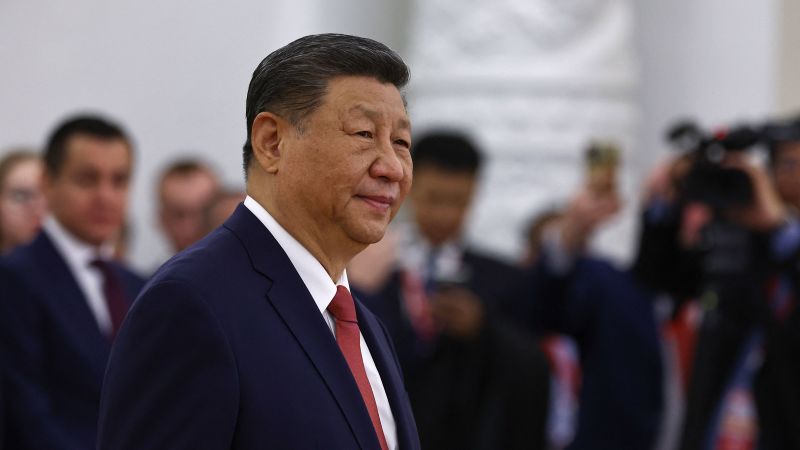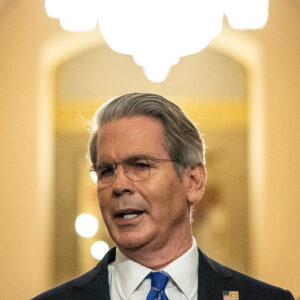
A summit of leaders from the BRICS group of major emerging economies kicks off in Brazil on Sunday, yet notably absent is the top leader of its most powerful member, China. For the first time in over a decade, Chinese leader Xi Jinping will not attend the annual gathering, a significant event he has historically used to promote China’s growing influence on the global stage.
Xi’s absence from the two-day summit in Rio de Janeiro occurs at a pivotal moment for BRICS, which originally comprised Brazil, Russia, India, China, and South Africa, and has since expanded to include Egypt, the United Arab Emirates, Ethiopia, Indonesia, and Iran. The group faces a July 9 deadline to negotiate U.S. tariffs imposed by President Donald Trump, adding pressure to demonstrate unity amidst global economic uncertainties.
Implications of Xi’s Absence
Xi’s decision to skip the summit and send his second-in-command, Li Qiang, instead, raises questions about China’s current priorities. Observers suggest this does not indicate a diminished importance of BRICS to Beijing’s strategic goals. “BRICS is part and parcel of Beijing’s effort to ensure it isn’t hemmed in by U.S. allies,” said Chong Ja Ian, an associate professor at the National University of Singapore. However, with Trump in office, the urgency may have lessened, allowing Xi to focus on domestic economic challenges.
Beijing may also have tempered expectations for significant breakthroughs at this year’s summit. The Chinese leader’s absence could be seen as a strategic choice, allowing him to concentrate on pressing domestic issues, such as steering China’s economy amidst trade frictions with the U.S.
Other Notable Absences
Xi is not the only leader missing from the summit in Rio. Russian President Vladimir Putin will also attend via video link due to potential legal issues stemming from International Criminal Court charges. This leaves Indian Prime Minister Narendra Modi and South African President Cyril Ramaphosa as the prominent figures at the event. Indonesia’s Prabowo Subianto is expected to attend, marking the country’s recent inclusion in BRICS.
Despite Xi’s absence, Brazil’s President Luiz Inácio Lula da Silva may not feel slighted, given Xi’s visit to Brazil in November for the G20 summit and a state visit. Their recent diplomatic engagements, including Lula’s visit to China in May, suggest a robust bilateral relationship.
BRICS Dynamics and Future Prospects
Launched in 2009, BRICS positions itself as a counterbalance to the Group of Seven (G7) major developed economies. The group’s diverse membership, however, presents challenges in achieving cohesive policy positions. Recent expansions have drawn criticism for potentially making the group too unwieldy.
One area of potential unity is the push for de-dollarization, which involves moving trade and finance to national currencies. This is particularly appealing to countries like Russia and Iran, which face heavy U.S. sanctions.
“Whether it be the Sino-Russian partnership or Beijing’s desire to project its purported leadership of the Global South, there is much in BRICS+ that resonates with Xi’s foreign policy worldview,”
said Brian Wong, an assistant professor at the University of Hong Kong.
However, the ambitious idea of a BRICS currency, suggested by Lula in 2023, remains contentious. President Trump has threatened severe tariffs on BRICS countries should they support a currency to rival the U.S. dollar. As the summit unfolds, observers will be keenly watching how the group addresses these economic challenges and the extent to which they promote the use of national currencies.
As BRICS leaders convene in Rio, the absence of Xi Jinping and Vladimir Putin shifts the spotlight to other members, potentially altering the dynamics of the summit. The outcomes of this gathering could have lasting implications for the group’s cohesion and its role in the global economic landscape.






